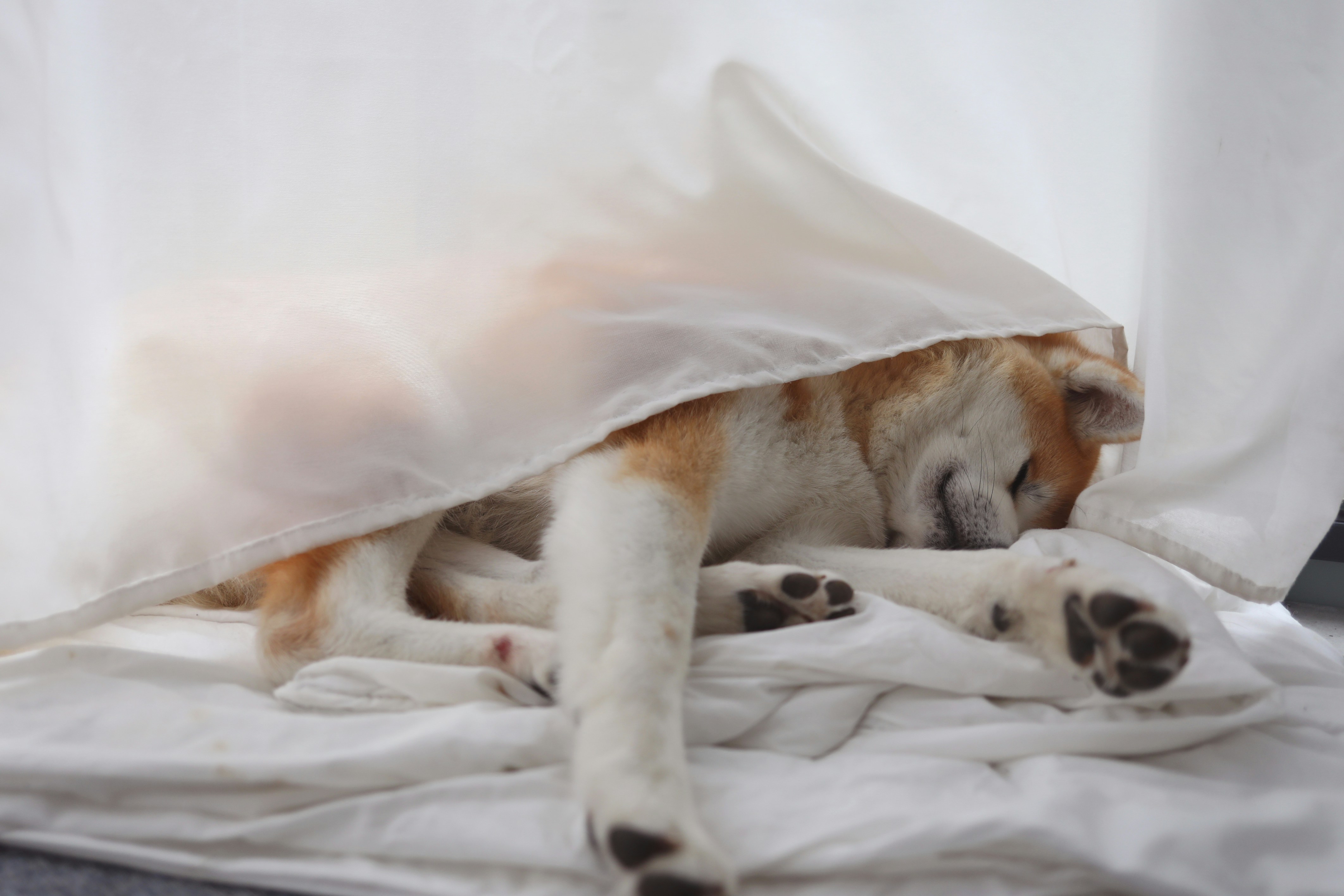Breaking Down Sleeping Bag Types
Not all sleeping bags are built the same and that’s the point. Your gear should match your terrain, weather, and sleeping style. Here’s a breakdown of the most common types you’ll see on shelves (and trails) in 2026:
Mummy Bags: These are the go to for backpackers and cold sleepers. The tapered shape hugs the body, cutting down on dead air space and boosting heat retention. Bonus: they pack light and compress well, making them easy to carry deep into the backcountry. Downsides? Not much room to wiggle.
Rectangular Bags: Think of these as the sleepover cousins. They’re roomier, zip open flat like a blanket, and work well in mild conditions perfect for car campers who value comfort over gram counting. Less efficient in cold weather, but great for tossing and turning.
Double Bags: Built for two. These are a solid pick for couples or anyone who wants shared body warmth in colder temps. They’re bulkier, sure, but the added comfort and connection make them worth it if you’re not hiking far.
Quilts: Minimalist trekkers swear by them. Quilts ditch the underside insulation (which compresses and loses warmth anyway) and rely on your sleeping pad for insulation from the ground. Lightweight, packable, and versatile but they require a bit more know how to use effectively.
No single bag type rules them all. It’s about matching your sleep system to your adventure style.
Understanding Temperature Ratings (2026 Standards)
When a sleeping bag says it’s rated to 20°F, what does that actually mean? Thanks to EN/ISO standards, we now have a more precise answer.
Sleeping bags are tested for three primary ratings:
Comfort: The temperature at which the average cold sleeper (often a woman) can expect to sleep comfortably.
Lower Limit: The point where a warm sleeper (generally a man) could sleep without too much shivering but not exactly comfortably.
Extreme: Survival zone. Not recommended. You’re not sleeping. You’re enduring.
Men and women are built differently when it comes to thermoregulation. That’s why bags often list both men’s and women’s ratings. If you tend to run cold, always base your decision on the comfort rating especially if you want actual sleep instead of just surviving the night.
Now let’s break it down by season:
Summer bags (above 35°F / 1.6°C): Lightweight, compact, and built for warm nights sometimes too warm.
3 season bags (20 35°F / 6 to 1.6°C): The all arounder. Handles most conditions short of deep winter.
Winter bags (below 20°F / 6°C): Serious insulation. Heavier, bulkier, but necessary when temperatures drop fast and stay there.
But lab ratings don’t camp in the real world. Factors like humidity, wind speed, your own metabolism, and your sleep setup all mess with those nice round numbers. Damp air saps warmth. Wind strips it even faster. A quality sleeping pad, base layers, and a well sealed tent can shift your comfort level by several degrees.
So trust the rating but don’t treat it like gospel. Real warmth is a system, not one number on a tag.
Fill Your Bag Right: Synthetic vs. Down

When choosing insulation, it’s a trade off: weight and compressibility versus wet weather reliability.
Down insulation is the darling of minimalist backpackers. It packs small, weighs less, and if kept dry lasts for years without losing loft. Great for dry, cold conditions where every ounce matters. But once it gets wet, its insulating power drops fast. Even water resistant down treatments (fairly common by now) can only do so much in a storm or a soaked pack.
Enter synthetic fill: heavier, bulkier, but it keeps some warmth even when soaked and dries out much faster. For humid trips, unpredictable weather, or those who don’t want to fuss with moisture management, synthetic is the safer bet. Good brands have closed the performance gap some synthetics now mimic down’s warmth to weight reasonably well.
As of 2026, more companies are offering responsibly sourced down (certified under the Responsible Down Standard or similar) and recycled synthetic materials. If sustainability matters to you, it’s not hard to find eco labeled bags anymore. Brands like Therm a Rest, Patagonia, and Rab are leading the charge.
Bottom line: go down for weight savings on clear, cold trips. Go synthetic if you expect things to get damp. And whichever you choose, consider where the insulation comes from and where it ends up.
Key Features to Watch For
Understanding the subtle yet significant features of a sleeping bag can make the difference between a cozy night and a cold, restless one. Here are the design details that matter most when evaluating your next sleeping bag purchase:
Thermal Seals: Draft Collars and Zipper Baffles
To hold in warmth and block out cold air, look for these two essential components:
Draft Collars: These insulated rings around the neck prevent warm air from escaping and cold air from seeping in.
Zipper Baffles: Insulated flaps running alongside the zipper to seal off draft prone zones.
Together, they create a thermal barrier that’s especially vital in colder climates.
Adjustable Hoods for Head Warmth
Because a significant amount of body heat escapes from the head, a well designed hood can enhance thermal efficiency:
Drawcord adjustable hoods allow you to cinch the bag around your face, leaving minimal exposure.
Many winter rated bags include contoured hoods that move with your head for added comfort and retention of heat.
Footbox Design: Matching Sleep Style
The shape of the footbox affects space, comfort, and warmth:
Roomy footboxes serve side sleepers or restless sleepers who move often.
Tapered footboxes offer better thermal efficiency for back sleepers and help reduce weight.
Sacks Matter: Compression vs. Storage
Don’t overlook what your sleeping bag comes with both types of sacks play different yet important roles:
Compression sacks shrink your bag for packability during trips.
Storage sacks preserve loft by allowing the bag to stay uncompressed when not in use.
Using the right sack at the right time extends the life and function of your insulation.
Materials: Balancing Weight and Durability
Ultralight fabrics are appealing to backpackers who count every ounce, but they may sacrifice long term durability.
Heavier duty materials add some weight but tend to fare better in abrasive environments, especially on rocky or uneven campsites.
Choosing materials comes down to how rugged your adventures are and how long you want your gear to last.
Gear Pairings that Improve Sleep System Performance
Creating a reliable and efficient sleep setup in the outdoors goes beyond just picking the right sleeping bag. The performance of your sleep system including its warmth, comfort, and adaptability depends heavily on what you pair your bag with. Here’s how smart gear pairings can elevate your overall sleep experience.
Choose Sleeping Pads with a High R Value
A sleeping bag can only insulate so much if cold seeps in from beneath you. That’s where the R value of your sleeping pad comes into play. The higher the R value, the better the pad insulates against ground chill.
R value 1 2.5: Best for summer and mild conditions
R value 3 5: Suited to 3 season camping
R value 5+: Necessary for winter or snow camping
Don’t skimp here thermal loss from below can quickly ruin even the best bag’s performance.
Use Vapor Barriers and Liners in Extreme Cold
In sub zero conditions, vapor barriers can help regulate moisture and preserve insulation. They prevent sweat and body moisture from penetrating the sleeping bag fill, especially down, which can lose loft when damp.
Vapor Barrier Liners (VBLs): Trap body vapor before it reaches insulation
Fleece or thermal liners: Add extra warmth and allow for temperature regulation options
These additions can also extend the life of your bag by minimizing internal dirt and oil buildup.
Understand the Tent’s Impact on Bag Efficiency
Your tent isn’t just for shelter it significantly affects how well your sleeping bag performs.
A double wall tent can trap more warmth and reduce condensation inside
Ultralight or mesh tents may expose your sleep system to greater cold or wind flow
In snow or alpine zones, a 4 season tent can keep interior temps several degrees warmer than the ambient temperature
Make sure your sleep system is calibrated for the shelter you’re bringing no piece works in isolation.
See also: Comparing Water Filtration Systems for Backcountry Use
Smart Tips for Buying in 2026
Don’t get distracted by flashy brand logos what matters most is the warmth to weight ratio. A good bag strikes a balance: light enough to carry, warm enough to sleep through a cold snap. Some top tier bags cost more because they hit this ratio perfectly. Others just cost more.
If you camp only a few times a year or are trying out backpacking for the first time, resale and rental markets are worth seriously looking into. Outdoor gear has a robust secondhand economy now, and many shops offer quality rentals for weekend trips. You’ll save cash and avoid clutter.
Specs can tell you a lot, but they don’t tell the full story. Look for reviews from folks who’ve actually put these bags through wind, rain, or snow. How a sleeping bag performs after stuffing and unstuffing it 20 times matters more than what it promises on paper.
Finally: don’t waste money on a zero degree mummy bag if you’re only heading out on summer trails. You’ll overheat, overpay, and lug unnecessary weight. Match your bag to your most common conditions not your dream expedition.
